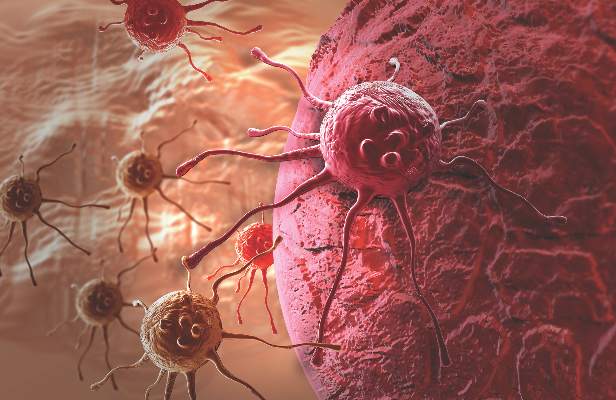User login
The initial distant relapse site had little influence on overall survival rates among women with metastatic breast cancer who underwent surgery and definitive radiotherapy, according to a study presented at the 2015 ASCO Breast Cancer Symposium.
In total, 3,417 patients with breast cancer treated with surgery and definitive radiotherapy in Tokyo between 1980 and 2014 were included in the study, with a median follow up of 113 months. Metastatic progression was a first relapse event in 370 patients, and median duration of OS after initial metastatic relapse was 69 months.
Tumors were classified as luminal A, luminal-human epidermal growth factor receptor 2 (HER2), luminal B, and triple negative. OS after distant relapse for patients whose initial tumor was luminal was significantly longer than triple negative and HER2 subtypes (P = .003).
OS was similar for all subtypes after initial bone or nonbone/brain relapse.
Despite the fact that bone metastasis as the initial distant relapse is commonly considered to have better prognosis than other sites in metastatic breast cancer, “OS rates of bone and non-bone/brain metastasis groups… were almost identical,” wrote Kenshiro Shiraishi of the University of Tokyo Hospital, Japan, and colleagues in a meeting abstract.
The initial distant relapse site had little influence on overall survival rates among women with metastatic breast cancer who underwent surgery and definitive radiotherapy, according to a study presented at the 2015 ASCO Breast Cancer Symposium.
In total, 3,417 patients with breast cancer treated with surgery and definitive radiotherapy in Tokyo between 1980 and 2014 were included in the study, with a median follow up of 113 months. Metastatic progression was a first relapse event in 370 patients, and median duration of OS after initial metastatic relapse was 69 months.
Tumors were classified as luminal A, luminal-human epidermal growth factor receptor 2 (HER2), luminal B, and triple negative. OS after distant relapse for patients whose initial tumor was luminal was significantly longer than triple negative and HER2 subtypes (P = .003).
OS was similar for all subtypes after initial bone or nonbone/brain relapse.
Despite the fact that bone metastasis as the initial distant relapse is commonly considered to have better prognosis than other sites in metastatic breast cancer, “OS rates of bone and non-bone/brain metastasis groups… were almost identical,” wrote Kenshiro Shiraishi of the University of Tokyo Hospital, Japan, and colleagues in a meeting abstract.
The initial distant relapse site had little influence on overall survival rates among women with metastatic breast cancer who underwent surgery and definitive radiotherapy, according to a study presented at the 2015 ASCO Breast Cancer Symposium.
In total, 3,417 patients with breast cancer treated with surgery and definitive radiotherapy in Tokyo between 1980 and 2014 were included in the study, with a median follow up of 113 months. Metastatic progression was a first relapse event in 370 patients, and median duration of OS after initial metastatic relapse was 69 months.
Tumors were classified as luminal A, luminal-human epidermal growth factor receptor 2 (HER2), luminal B, and triple negative. OS after distant relapse for patients whose initial tumor was luminal was significantly longer than triple negative and HER2 subtypes (P = .003).
OS was similar for all subtypes after initial bone or nonbone/brain relapse.
Despite the fact that bone metastasis as the initial distant relapse is commonly considered to have better prognosis than other sites in metastatic breast cancer, “OS rates of bone and non-bone/brain metastasis groups… were almost identical,” wrote Kenshiro Shiraishi of the University of Tokyo Hospital, Japan, and colleagues in a meeting abstract.
FROM THE 2015 ASCO BREAST CANCER SYMPOSIUM
Key clinical point: In patients with metastatic breast cancer, initial distant relapse site had little influence on overall survival rates.
Major finding: Overall survival (OS) rates for patients whose initial relapse site was bone were similar to those whose initial site was nonbone/brain. OS after distant relapse for patients whose initial tumor was luminal was significantly longer than triple negative and HER2 subtypes (P = .003).
Data source: In total, 3,417 patients with breast cancer treated with surgery and definitive radiotherapy in Tokyo between 1980 and 2014 were included in the study.
Disclosures: The authors reported having no disclosures.

